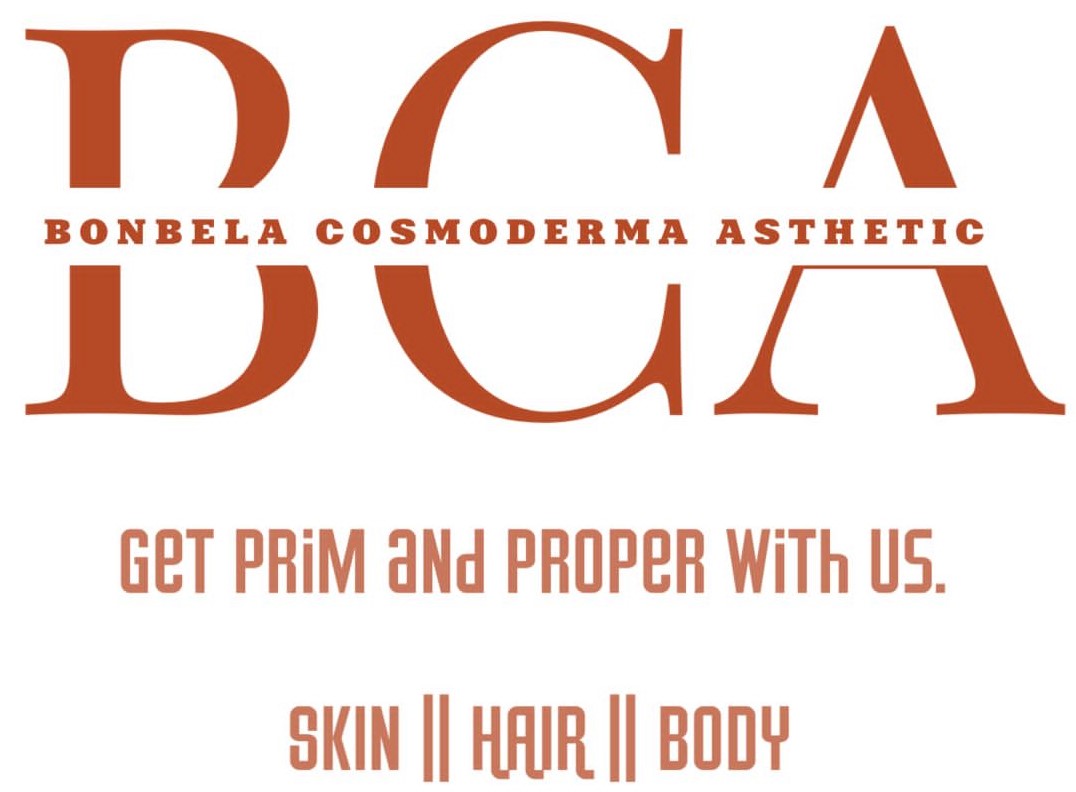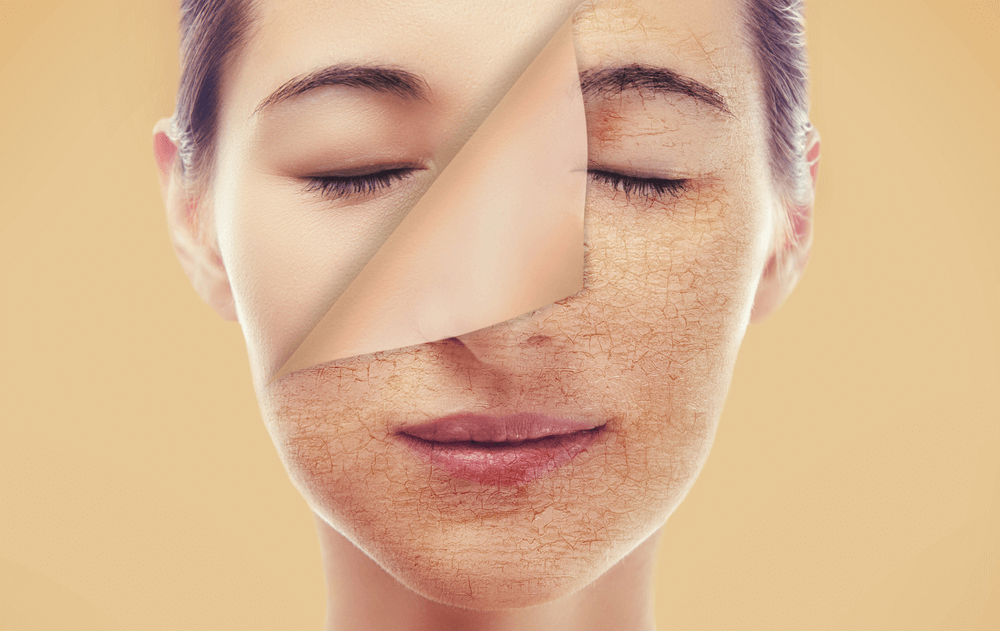Laser skin rejuvenation is a non-invasive or minimally invasive cosmetic procedure that uses laser technology to improve the appearance and texture of the skin. It is designed to address various skin concerns, including wrinkles, fine lines, sun damage, age spots, acne scars, and uneven skin tone. The specific type of laser used and the treatment parameters depend on the individual's skin type, concerns, and the desired outcomes.
Here's an overview of the key aspects of laser skin rejuvenation:
How Laser Skin Rejuvenation Works:
-
Stimulating Collagen Production: Many laser systems work by delivering targeted beams of light energy into the skin. This process stimulates the production of collagen, a protein that provides structure and elasticity to the skin. Increased collagen can help reduce the appearance of wrinkles and fine lines.
-
Resurfacing: Some lasers are used for skin resurfacing, where they remove the outer layer of the skin (epidermis) to promote the growth of new, healthier skin. This can improve skin texture, reduce pigmentation irregularities, and minimize the appearance of scars.
Common Uses of Laser Skin Rejuvenation:
-
Wrinkle Reduction: Laser treatments can help minimize the appearance of fine lines and wrinkles, particularly around the eyes and mouth.
-
Sun Damage and Age Spots: Laser technology can target and break down pigmented areas caused by sun damage and age spots, leading to a more even skin tone.
-
Acne Scars: Certain lasers are effective in reducing the appearance of acne scars by promoting collagen remodeling and smoothing the skin's surface.
-
Vascular Lesions: Lasers can target blood vessels to reduce the appearance of vascular lesions, such as broken capillaries or spider veins.
-
Skin Tightening: Some laser treatments stimulate collagen production, resulting in improved skin tightness and firmness.
Types of Lasers Used:
-
Fractional Lasers: These lasers target a fraction of the skin, leaving surrounding areas untouched. This promotes faster healing and reduces downtime. Fractional lasers are often used for skin resurfacing.
-
Non-Ablative Lasers: These lasers penetrate the skin without removing its outer layer. They are less invasive and generally have shorter recovery times.
-
Ablative Lasers: These lasers remove thin layers of skin, which can be more effective for deeper wrinkles and more significant skin concerns. However, they may require a longer recovery period.
Recovery and Considerations:
-
Downtime: The extent of downtime varies depending on the type of laser used. Some treatments have minimal downtime, while others may require several days of recovery.
-
Sun Protection: Protecting your skin from sun exposure is crucial after laser treatments, as the skin may be more sensitive to sunlight.
-
Multiple Sessions: Achieving optimal results may require multiple laser sessions spaced over several weeks or months.
-
Consultation: It's essential to have a consultation with a qualified dermatologist or skincare professional to determine the most suitable laser treatment for your skin type and concerns.
Laser skin rejuvenation can be an effective way to achieve a more youthful and refreshed appearance, but individual results may vary. Consulting with a qualified healthcare professional is essential to assess your specific needs, potential risks, and expected



